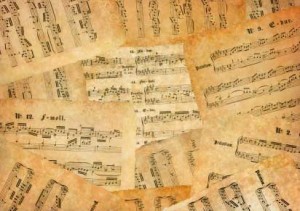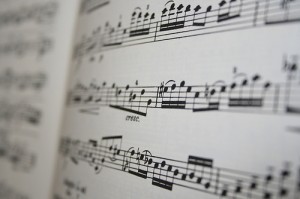How to Tell if a Piece of Sheet Music is in the Public Domain
 Having free sheet music (also known as public domain sheet music) can be a wonderful thing. It allows people to share a love of music and learn from those who have come before them. However, it is not always easy to determine if a piece of sheet music is copyrighted or available in the public domain.
Having free sheet music (also known as public domain sheet music) can be a wonderful thing. It allows people to share a love of music and learn from those who have come before them. However, it is not always easy to determine if a piece of sheet music is copyrighted or available in the public domain.
When trying to figure out if a piece of music is copyrighted or not, the first thing to do is to look on the sheet music for any notation that would indicate its status. For example, many pieces of free sheet music will contain a comment that either the creator donated them to the public domain or that they are “no rights reserved”. Additionally, many copyrighted materials will state their copyright on the music itself. However, there is no legal requirement to state either way, so just because there is a lack of copyright information does not mean that the piece is not copyrighted. Another good item to look for is a publishing company’s name or information (this often means that it is copyrighted).
If the sheet music does not contain a notation, the next step is to determine when it was published and by whom. If it was published before 1923, then it is automatically free sheet music that can be used for any purpose. If it is a more modern piece of work, then you might have to do some digging to determine its status. The easiest way to determine if it is free sheet music is to contact the author and simply ask. If in doubt, assume that a piece is copyrighted and move on to find a different piece that is available in the public domain.

